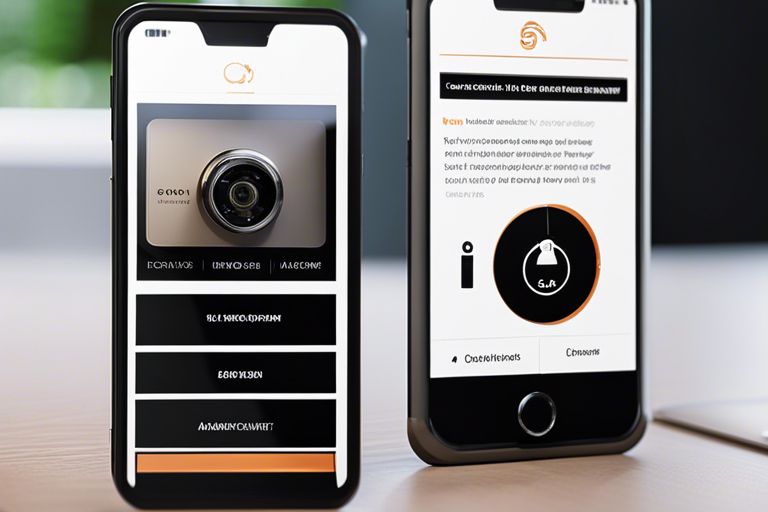Introduction
In today’s digital age, phishing emails have become a common method for cybercriminals to gain unauthorized access to personal and sensitive information. These fraudulent emails are designed to deceive recipients into sharing their passwords, credit card details, or other confidential data. It is crucial to be able to recognize and avoid falling victim to phishing attacks. In this blog post, we will discuss some essential tips on how to recognize phishing emails.
1. Check the Sender’s Email Address
One of the easiest ways to identify a phishing email is by checking the sender’s email address. Cybercriminals often use email addresses that mimic legitimate organizations or individuals. However, upon closer inspection, you may notice slight variations or misspellings in the email address. Always double-check the sender’s email address before taking any action.
2. Look for Generic Greetings
Phishing emails often use generic greetings like “Dear Customer” instead of addressing you by your name. Legitimate organizations usually personalize their emails by using your name or username. If you receive an email with a generic greeting, it’s a red flag that it might be a phishing attempt.
3. Watch Out for Urgency and Threats
Phishing emails often create a sense of urgency or use threats to prompt you into taking immediate action. They may claim that your account will be suspended, or you will face legal consequences if you don’t provide the requested information. Legitimate organizations rarely use such tactics. If an email tries to pressure you into sharing sensitive information, be cautious.
4. Check for Spelling and Grammar Mistakes
Phishing emails often contain spelling and grammar mistakes. These errors can be a result of automated translation tools or the lack of attention to detail by the cybercriminals. Legitimate organizations usually have a professional approach to their communication and rarely make such mistakes. If you notice multiple errors in an email, it’s likely a phishing attempt.
5. Hover Over Links
Phishing emails often include links that lead to fake websites designed to collect your information. Before clicking on any link, hover your mouse cursor over it to see the actual URL. If the URL looks suspicious or different from what you would expect, do not click on it. Instead, visit the website directly by typing the URL in your browser.
Conclusion
Recognizing phishing emails is crucial in protecting yourself from falling victim to cybercriminals. By following the tips mentioned in this blog post, you can enhance your ability to identify and avoid phishing attempts. Always stay vigilant and remember that legitimate organizations will never ask you to share sensitive information through email. Stay safe!






